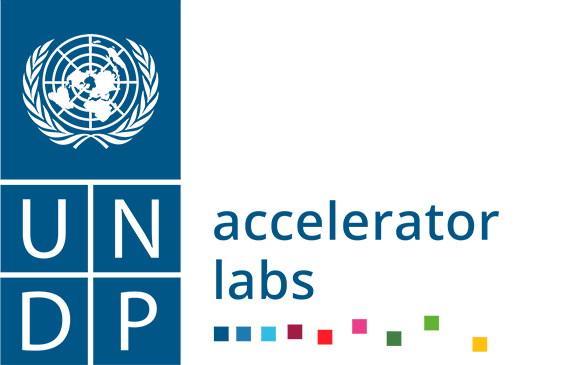ONLINE AND COLLABORATIVE MAPPING OF THE NATIONAL INNOVATION ECOSYSTEM
What it does.
This online collaborative mapping of the national innovation ecosystem (NIE) allows you to do two things. First, it identifies and tracks actors working on sustainable development issues with a social and/or public innovation approach based on their geographical location. Second, it strengthens synergies among actors of the national innovation ecosystem since they can learn about each other´s work and explore potential collaborations based on commonalities. Also, this tool generates (potentially open) data by collecting information about the initiatives and actors.
Value proposition for the government/other partner.
By having an online and collaborative mapping of the national innovation ecosystem, you will enable the community of such ecosystem to address social, cultural, environmental, and economic challenges efficiently and effectively, as they identify common interests, exchange experiences, tap on collective knowledge, collaborate, and create synergies. This tool contributes to SDG 17 “Partnerships for the goals” and target 17.7 “encourage and promote effective public, public-private and civil society partnerships, building on the experience and resourcing strategies of partnerships”.
Why and when to use it.
This tool is most useful when there is an existing long-term strategy for the public sector to build trust among actors of the national innovation ecosystem and facilitate the construction of a common work agenda around a specific SDG. Promoting collaborative work should be done by using participatory and co-creation methods and supported by an effective communication strategy to convene actors.
Known issues and troubleshooting.
- If there are only a few well-known actors as part of the national innovation ecosystem this tool will not be as effective since it aims to facilitate the coordination and collaboration of a large group of actors.
- If there is no strategy to convene and promote collaborative work among actors of the innovation ecosystem, online mapping by itself will not be enough to promote synergies within the ecosystem.
- If there is limited access to connectivity, low digital skills, and scarce digital devices, opting for an online and collaborative mapping will not be the most suited option.
- If there is no long-term vision and strategy to map collaborative initiatives, the data can be quickly outdated.
Context.
As a member of the Open Government Partnership (OGP), Ecuador is committed to have a more open and participatory government. In this line, as part of the OGP Action Plan 2019-2022 it aimed to have an Innovation Citizen Lab for the first time in the country. UNDP´s Acc Lab played a key role offering in 2022 technical assistance to design, implement and operate the Citizen Lab called Thinkia. The Secretariat of Higher Education and Innovation of Ecuador has the lead of this Lab and runs it along with other 7 actors from the academia (2), civil society organizations (2), other public institutions (2), and cooperation sector (UNDP). The government uses a shared and decentralized governance model for Thinkia: citizen lab to include other actors as part of the management team and decision-making process. Also, the government uses an online platform as a mechanism to promote citizen engagement in public innovation work. UNDP´s Accelerator Lab not only elaborated the governance model proposal and supported its implementation, but also design, develop, and transfer and online platform for Thinkia: citizen lab.
Cost.
USD 18,000 - 20,000
Time (in calendar time): To design and develop an online platform 6 months are required. To transfer the e-tool to a government counterpart 4 months are needed. To transfer the platform should be considered and plan from the design phase of it.
People.
To design, develop, and implement a similar tool the following team members will be required:
- A software development firm with experience in open code and collaborative platforms.
- An ally institution within the public innovation sector that aims to contribute to the NIE, and within that institution two focal points which are an IT person and program officer person.
Focal point. Ana M. Grijalva
Country, year, and language.
Ecuador, 2023, Spanish
Resources (in Spanish).
